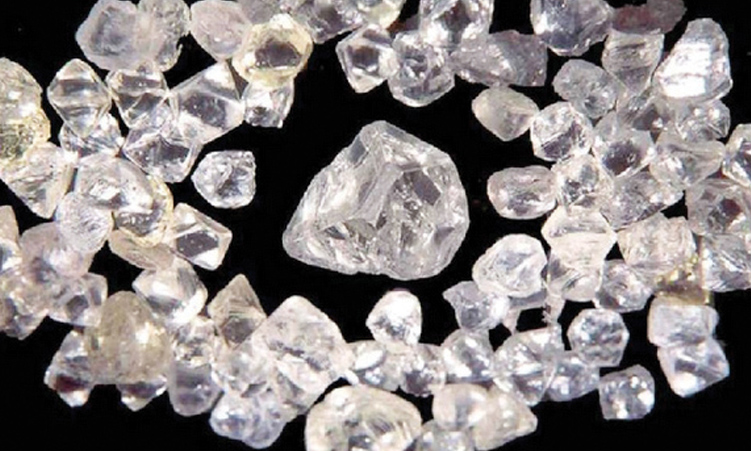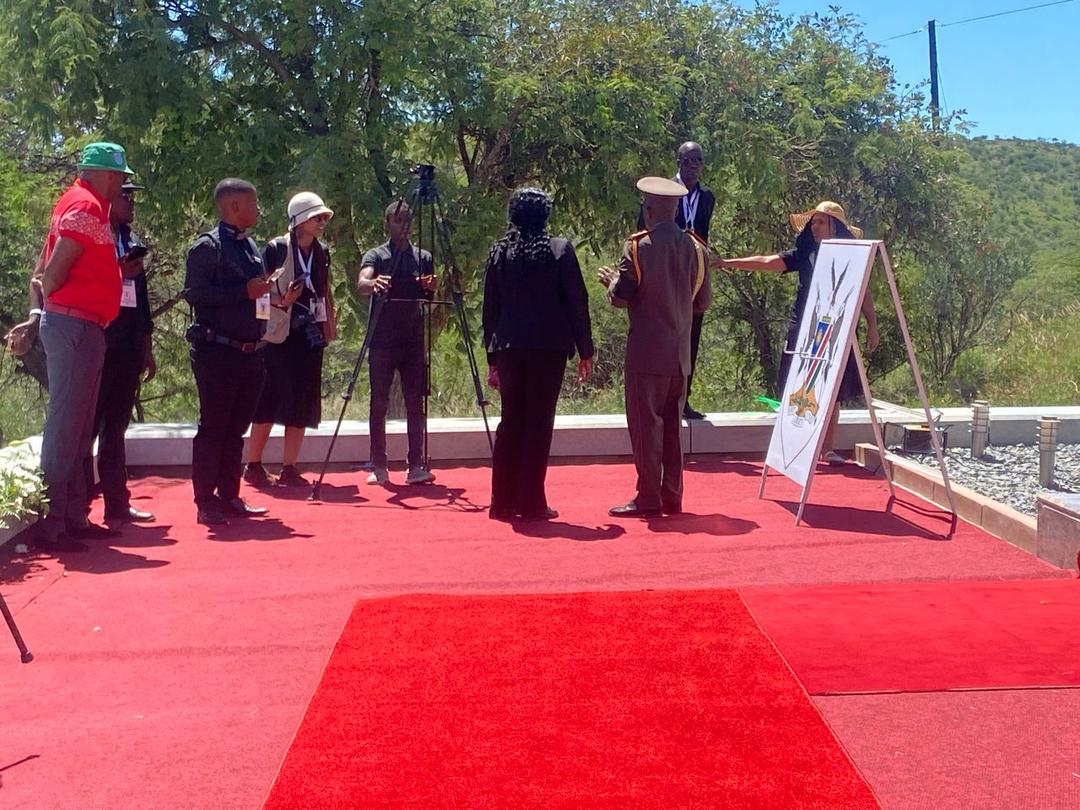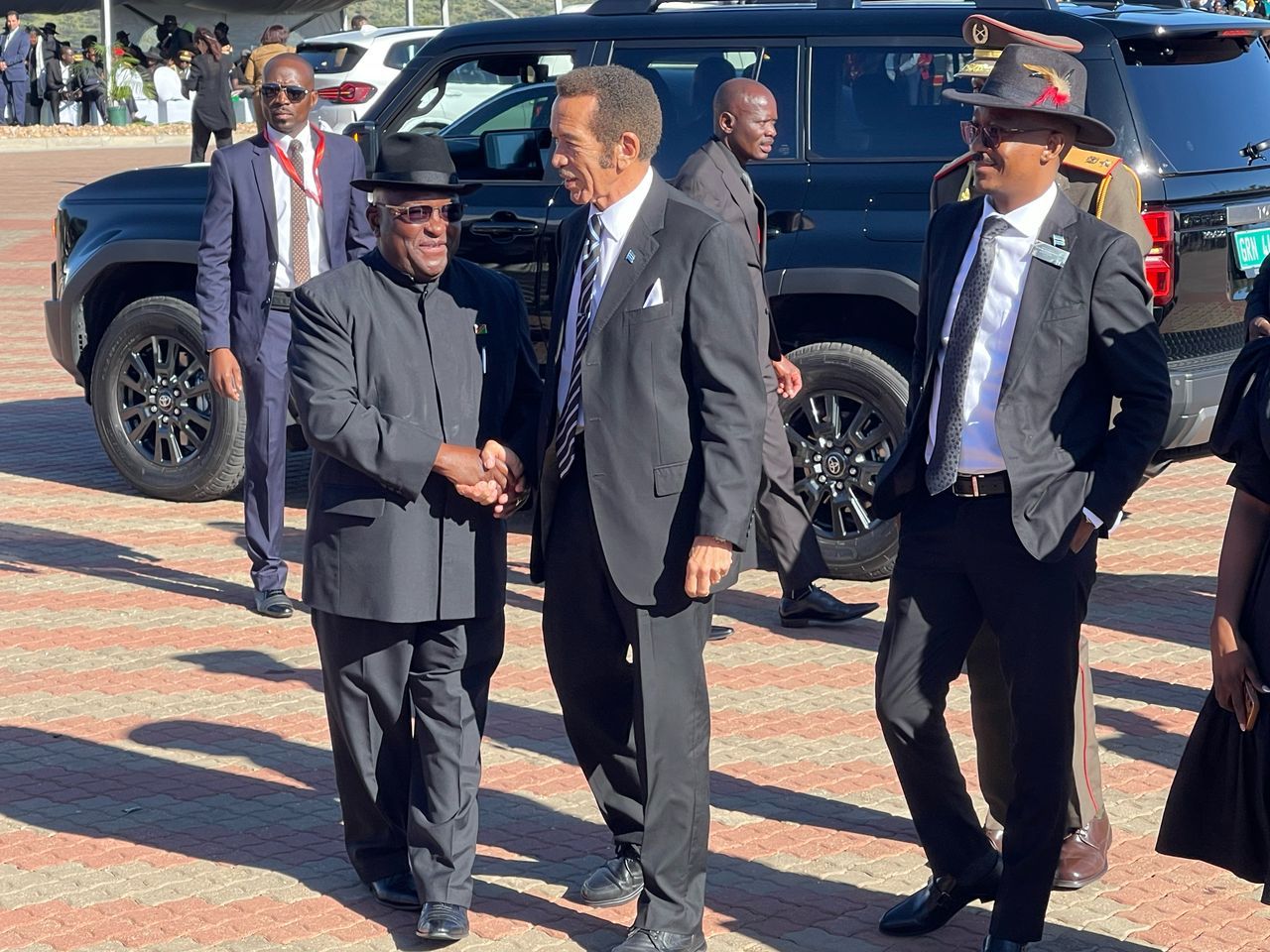Namibian diamonds are increasingly coming under threat from synthetic diamonds which have competed with real diamonds for market share for decades.
This was said by the minister of mines and energy, Tom Alweendo, yesterday when he introduced the new diamond advisory board.
This sentiment is nothing new as the real diamond industry has for years pointed to the impact of the synthetic diamond industry.
The board, although established by the Diamond Act, has not been active for the past five years.
Alweendo told the board that synthetic diamonds are one of the biggest challenges the Namibian diamond industry is faced with and which he needs advice on.
“There are people investing in artificially producing diamonds, and these diamonds closely resemble natural ones. The challenge is that if, for some reason, these diamonds start to capture the market that natural producer countries like us need to sell to, it will mean that we will lose that market,” he said.
Alweendo said the challenge is that there is no rule to prevent synthetic diamond producers from operating.
“You can’t stop them. It’s a product and they created a market,” he said.
Synthetic diamonds are legal products and countries like the United States, which is also one of the biggest markets for Namibia’s diamonds, has legalised the sale of synthetic diamonds.
The US has gone as far as declaring them as diamonds using the term aboveground or culture diamonds.
“If that captures the market we used to sell to, we are at some point not going to have the market to sell diamonds to anymore,” said Alweendo.
According to him, the strategy so far has been insisting that lab-grown diamond producers should not sell them as natural diamonds.
He further explained that the price of synthetic diamonds is cheaper, because of the low production cost.
Peter Meeus, former chairman of the Dubai Diamond Exchange (DDE) in 2017 said lab-grown diamonds are now the single greatest existential threat to the industry. Meeus helped establish the DDE during which time it has become the largest centre worldwide for rough diamond trade, after Mumbai and Antwerp.
The other challenge that Namibia’s diamond industry faces is conflict diamonds or blood diamonds from war-torn countries.
Although Namibia is a signatory to the Kimberley Process certification scheme, Alweendo believes conflict diamonds still pose a challenge to Namibia’s diamond market.
The Kimberly Process was established in 2003 to remove conflict diamonds from the global supply chain.
“With every process, people will try to go around it. People will still try to sneak in these diamonds. One still needs to be watchful and ensure that people do not try and go around the Kimberly Process,” Alweendo said.
According to the ministry, there are 27 diamond inspectors tasked with issuing and validating Kimberley Process certificates for diamond exports, as well as verifying such certificates for diamond imports to ensure Namibia’s compliance.
Meanwhile, the government is looking at increasing its benefit from the diamond industry, which produced rough diamonds worth US$914 million (about N$17 billion) last year.
Under Namdeb, a 50:50 joint venture between De Beers and the government, Namibia holds a share of 15% in all diamond production in the country. However, with the current agreement, lapsing in May 2026, the government is considering negotiating better terms.
Last week, the Botswana government and De Beers announced they have reached a 10-year sales agreement for the rough diamond production of Debswana on a 50% share, extending to 2033.
The new terms shift in favour of the Botswana government, compared to the 2011 agreement that gave it a 25% share.
Furthermore, the parties have also secured a 25-year mining licence for Debswana, ensuring stable mining operations.
Meanwhile, under the existing agreement, Namibia receives a modest 15% share in its partnership with De Beers, which expires in May 2026.
While negotiations similar to Botswana’s lucrative arrangement have not yet taken place in Namibia, Ministry of Mines and Energy spokesperson Andreas Simon has confirmed that preparations are underway for the impending negotiations.“The ministry has started to prepare for the negotiations. In addition, the terms of reference for the negotiations are yet to be determined by the preparation team,” Simon said.
In April, Alweendo expressed the possibility of increasing the government’s revenue share from local diamonds through negotiations with De Beers.
“Right now, we are at 15%. Therefore, when we review the agreement, we would also look at increasing the 15% to something else,” Alweendo said on the sidelines of a meeting with his Angolan counterpart in April.
After Botswana, Namibia is the second biggest diamond producer for De Beers.
Last year, diamond production accounted for approximately 10% of the gross domestic product, 40% of export revenue and 7% of annual government revenue.
Stay informed with The Namibian – your source for credible journalism. Get in-depth reporting and opinions for
only N$85 a month. Invest in journalism, invest in democracy –
Subscribe Now!










